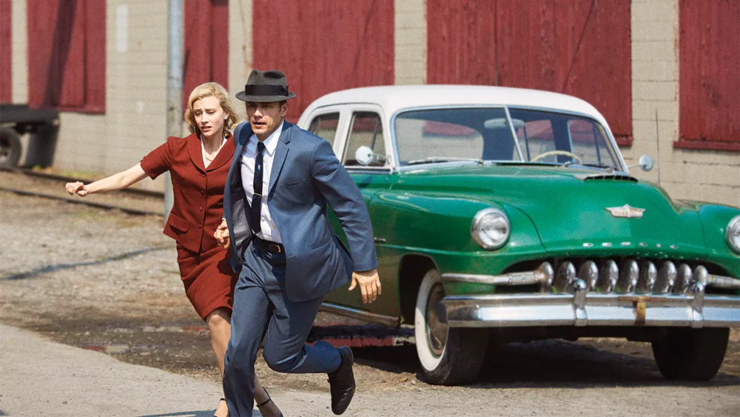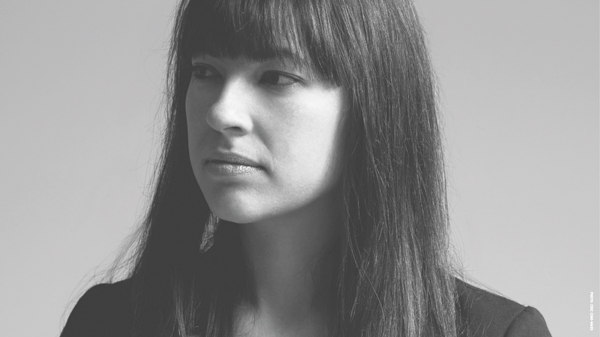TV is quickly becoming a sinking ship—so why is Vice climbing onboard?
With tens of thousands of people cutting the cord and trading in cable boxes for Netflix-and-chill, and the recent release of the Canadian Radio-television and Telecommunications Commission-mandated “skinny cable” packages, it seems that this may be the end of television as we know it.
Vice Media, however, seems to think otherwise. The American-Canadian digital media and broadcasting company currently works primarily in the online sphere, but is now moving their easily accessible content to the cable world to be consumed 24 hours a day, seven days a week—that is, if you have cable.
Although Vice Media has ventured into the cable world before with VICE, a Bill Maher-produced, news-focused show on HBO, VICELAND will be the first time the company will be producing original content for their own channel. The channel features a host of VICE-esque, millennial-aimed content, from Ellen Page-hosted GAYCATION to marijuana-centric Weediquette.
Vice Media has successfully dominated online media with their diverse content, especially for Gen Y’ers, but with VICELAND the ultimate question that comes to mind is why TV? And, really, why now?
Besides the $100-million partnership with Rogers Communications that is helping back VICELAND, Michael Kronish, the executive vice-president of television Canada at Vice Media, says that Vice’s move to branch out to television goes along with what Vice has always wanted to do—“be where the people are.”
“Most people do have cable, and most people do have television in their homes, and we don’t want to put ourselves in a position where we cannot reach most of the people,” says Kronish. “Our intention is to add to the experience and not to move away from digital arts.”
Kronish is correct. Although on a university campus it may seem like people are turning towards streaming over cable, the Television Bureau of Canada’s 2014 report on on the Canadian broadcast industry showed that 93 per cent of Canadians have “access to TV services” and 73 per cent are “multi-set households.”
However, as true as this may be, this may not be the case for long. According to a New York Times article from Oct. 2015, 75 per cent of millennials without children in their houses had cable, but 57 per cent of 14–25-year-olds reported that they watched television on devices other than on TV sets. This could mean that future generations won’t be buying cable, as over half of that age group are already turning away from TV sets to watch their favourite shows.
Kronish doesn’t seem worried though. He says that he understands why millennials don’t want to buy expensive cable packages when they can get cheaper and more curated content online—however, he’s confident that if VICELAND produces interesting and on-brand content, people will buy it.
“I do think that all people are willing to pay for content when they want it,” says Kronish.
“We’re not trying to appeal to every single person on the map, we’re just trying to look at our core audience and say here’s a… lifestyle channel that will speak to you. Even if you’re not interested in food shows on the Food Network, the food shows that we’re going to make are going to speak to you.”
Although I’m currently loving GAYCATION, even Ellen Page isn’t enough to convince me to buy into a cable package—and I’m sure I’m not the only one.
As VICELAND is currently offering a free preview to audiences through cable and online, only time will tell if Vice Media’s content will be able to please its audience enough to sell them on cable.





